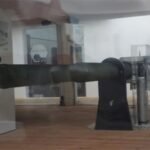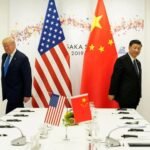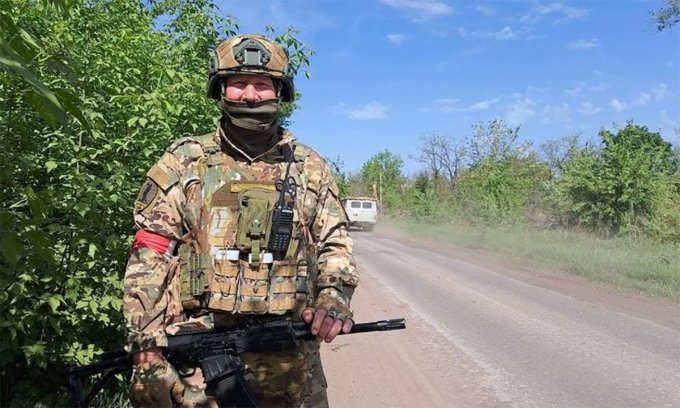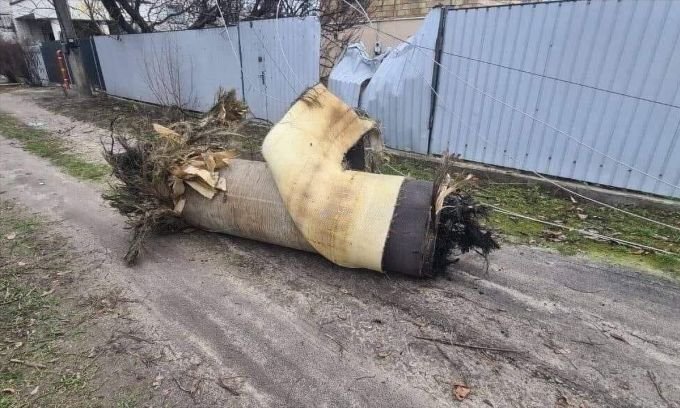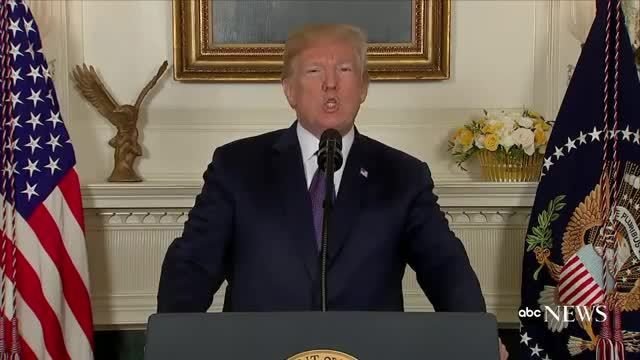`Taliban gunmen were ordered to enter the capital Kabul to prevent looting because the police abandoned their positions,` rebel spokesman Zabihullah Mujahid said today, calling on government officials not to leave.
Two Taliban commanders said gunmen had taken control of the Afghan President’s Palace.
Taliban controls Kabul, Afghan President leaves the country
The video shows President Ghani boarding the plane but the time is unknown.
Abdullah Abdullah, head of the National Reconciliation Council of Afghanistan, confirmed that President Ashraf Ghani has left the country but the destination is unknown.
Video circulating on social networks shows President Ghani boarding the plane, but it is unclear whether it was filmed before he left Afghanistan or not.
The rebels entered the city without any resistance from government forces.
The Afghan government appears to have collapsed when President Ghani left without a transfer of power.
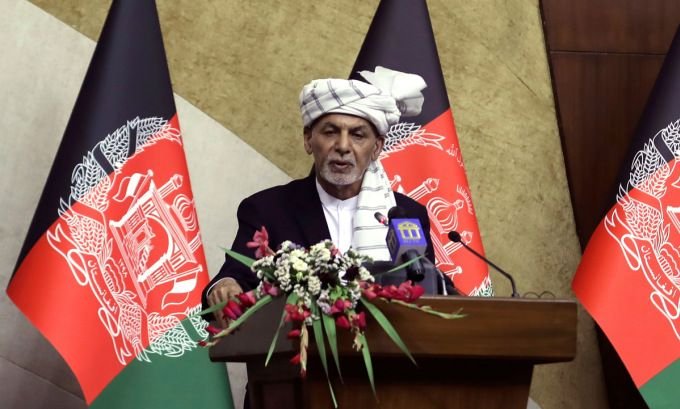
President Ghani held a press conference in Kabul on August 2.
US Secretary of State Antony Blinken said US embassy staff in Kabul were leaving the building and moving to Hamid Karzai International Airport by helicopter.
The American flag at the embassy in Kabul was later lowered, marking the final evacuation, according to sources familiar with the matter.
President Ghani is an economist, taught at Berkeley University and Johns Hopkins in the US from 1983 to 1991, then worked for the World Bank.
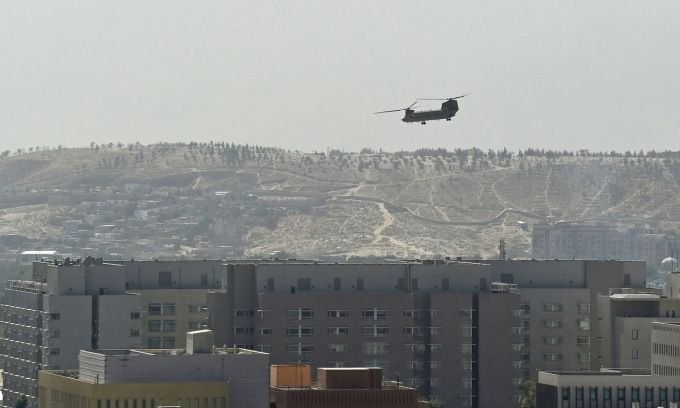
Helicopters fly over the US embassy in Kabul on August 15.
The Taliban launched their first attack in May after the US and its allies withdrew most of their forces from Afghanistan, in the context of President Joe Biden’s determination to end the 20-year military campaign in the Central Asian country.
By entering Kabul, the Taliban will certainly restore the power overthrown 20 years ago, much faster than the 90-day period that US intelligence assessed about this group’s progress.
Biden defended the decision to withdraw troops, saying that the US had spent more than $1,000 billion over 20 years, training and equipping Afghanistan’s more than 300,000 people with modern equipment.
